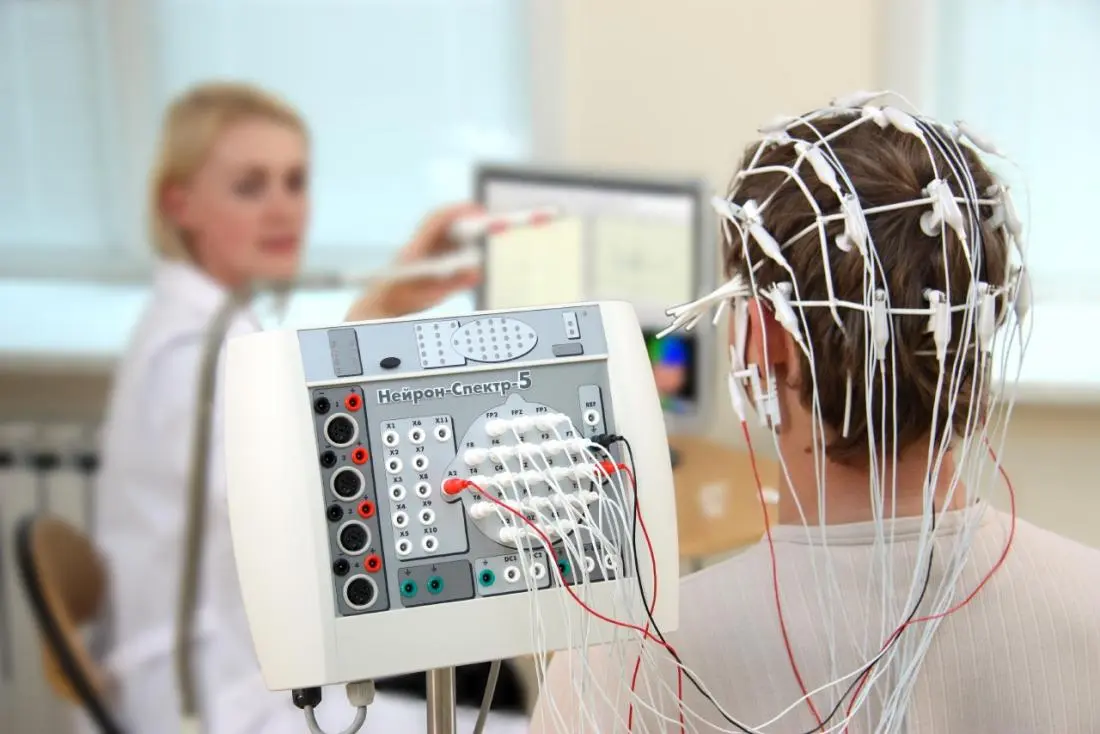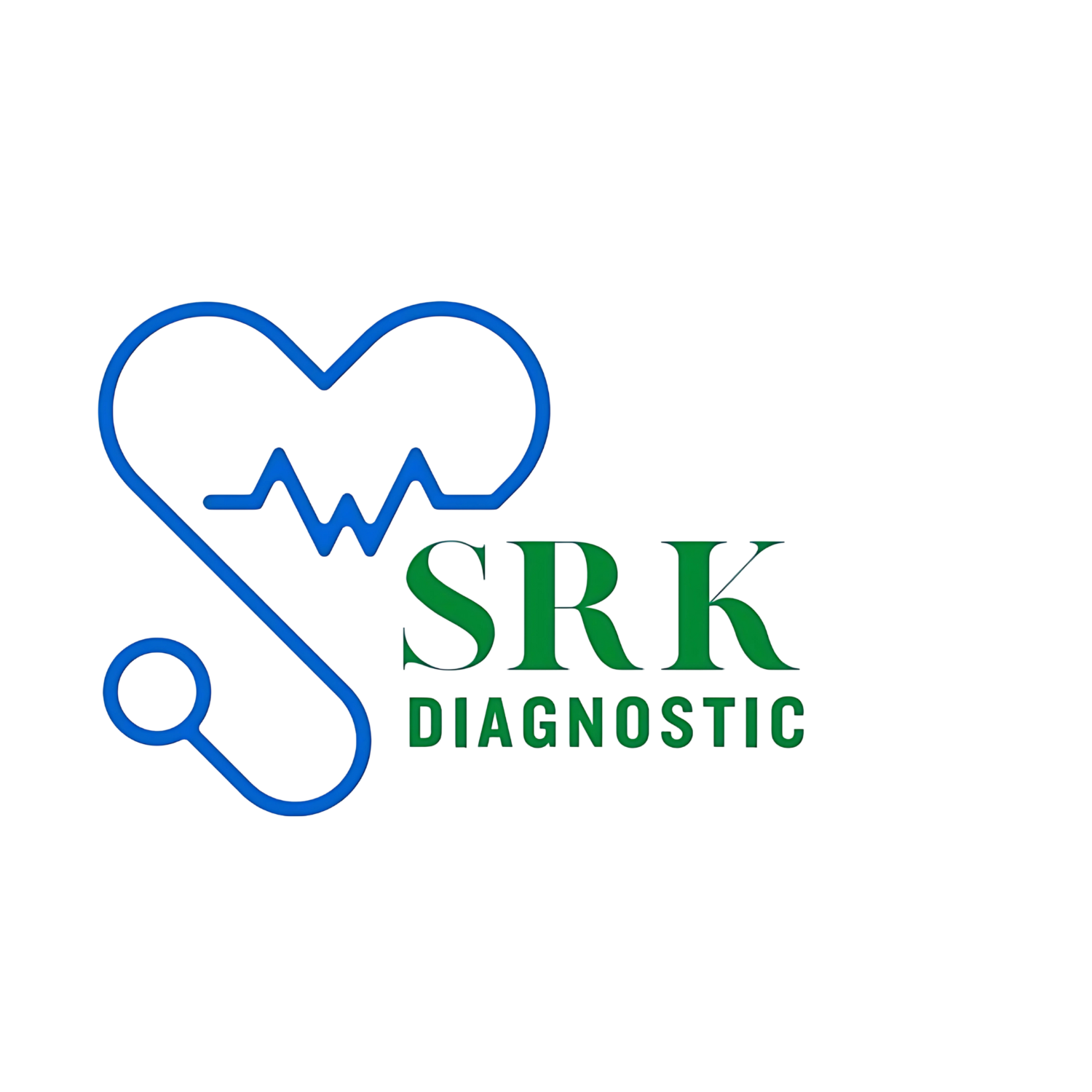
EEG (Electroencephalogram)
An Electroencephalogram (EEG) is a non-invasive test that measures electrical activity in the brain using electrodes placed on the scalp. It is commonly used to diagnose neurological conditions such as epilepsy, sleep disorders, brain injuries, and neurodegenerative diseases. EEG records brain wave patterns, helping doctors assess brain function and detect abnormalities. The procedure is painless and provides real-time insights into brain activity, making it a valuable tool for medical diagnosis and research.

Electroencephalogram (EEG): A Vital Tool for Brain Activity Assessment
An Electroencephalogram (EEG) is a non-invasive neurophysiological test that measures electrical activity in the brain. It is widely used in clinical, research, and neurological settings to diagnose and monitor conditions affecting brain function. The EEG records brain wave patterns using small metal electrodes placed on the scalp, detecting electrical impulses generated by neuronal activity. These impulses are displayed as waveforms, which provide valuable insights into brain function, abnormalities, and potential neurological disorders.
How EEG Works
During an EEG procedure, electrodes are attached to the scalp using a conductive gel to enhance signal transmission. These electrodes detect tiny electrical signals produced by neurons and send the data to a computer for analysis. The brain’s electrical activity is displayed in the form of wave patterns, classified into different frequencies: delta, theta, alpha, beta, and gamma waves. Each frequency is associated with different mental states, such as deep sleep, relaxation, focus, or heightened cognitive activity.
EEG can be performed in various states, including awake, drowsy, or asleep, depending on the condition being evaluated. The procedure is painless and typically lasts between 30 minutes to an hour. In some cases, a prolonged or ambulatory EEG may be required to monitor brain activity over an extended period, such as 24 to 72 hours. This helps capture intermittent abnormalities that may not be evident in a standard session.
Applications of EEG
EEG is used in diagnosing and managing a wide range of neurological and psychiatric conditions. Some of its key applications include:
1. Epilepsy and Seizure Disorders
One of the most common uses of EEG is in the diagnosis and monitoring of epilepsy. Abnormal brain wave patterns, such as sharp spikes or excessive synchronization, indicate seizure activity. EEG helps classify seizure types, localize the seizure focus, and guide treatment decisions, including medication and surgical interventions.
2. Sleep Disorders
EEG plays a crucial role in diagnosing sleep-related conditions such as insomnia, sleep apnea, narcolepsy, and parasomnias. It is a key component of polysomnography (sleep studies), which assesses sleep stages and disturbances by analyzing brain wave activity during rest.
3. Brain Injuries and Disorders
In cases of traumatic brain injury (TBI), stroke, or coma, EEG helps assess brain function and predict recovery outcomes. It can detect suppressed or irregular brain activity, which may indicate severe neurological damage. EEG monitoring in intensive care units (ICUs) helps evaluate patients with altered consciousness or brain dysfunction.
4. Neurodegenerative Diseases
Conditions such as Alzheimer’s disease, Parkinson’s disease, and other dementias often show characteristic EEG changes. Slower brain wave activity and abnormal rhythms can indicate cognitive decline, making EEG a useful tool for early diagnosis and disease progression tracking.
5. Psychiatric Disorders
EEG is also utilized in research and clinical settings to study mental health disorders such as depression, schizophrenia, and bipolar disorder. It helps understand neural connectivity and dysfunction associated with psychiatric conditions, aiding in treatment planning.
Advantages and Limitations of EEG
Advantages:
- Non-invasive and painless
- Provides real-time monitoring of brain activity
- Effective in diagnosing epilepsy and seizure disorders
- Can be used for long-term monitoring in ambulatory settings
Limitations:
- Limited spatial resolution (cannot pinpoint exact locations deep in the brain)
- Can be affected by external noise and movement artifacts
- May require additional imaging tests (such as MRI or CT scan) for comprehensive diagnosis
Conclusion
EEG is an essential diagnostic tool in neurology, offering valuable insights into brain function and abnormalities. Its ability to detect electrical activity in real-time makes it particularly useful for diagnosing epilepsy, sleep disorders, and neurological diseases. While it has some limitations, advancements in EEG technology continue to improve its accuracy and clinical applications. By providing critical data on brain activity, EEG helps guide medical decisions, enhance treatment outcomes, and further our understanding of the human brain.
FAQs
1. What is an EEG?
An Electroencephalogram (EEG) is a non-invasive test that records electrical activity in the brain to diagnose neurological disorders.
2. How does an EEG work?
Electrodes are placed on the scalp to detect and record brain wave patterns, which are then analyzed by a neurologist.
3. Why is an EEG performed?
An EEG is used to diagnose epilepsy, seizures, sleep disorders, brain injuries, strokes, and other neurological conditions.
4. Is an EEG painful?
No, an EEG is painless and non-invasive. It only records brain activity and does not send any electrical signals.
5. How long does an EEG take?
A standard EEG test typically takes 30 to 60 minutes, while extended or sleep studies may last several hours.
